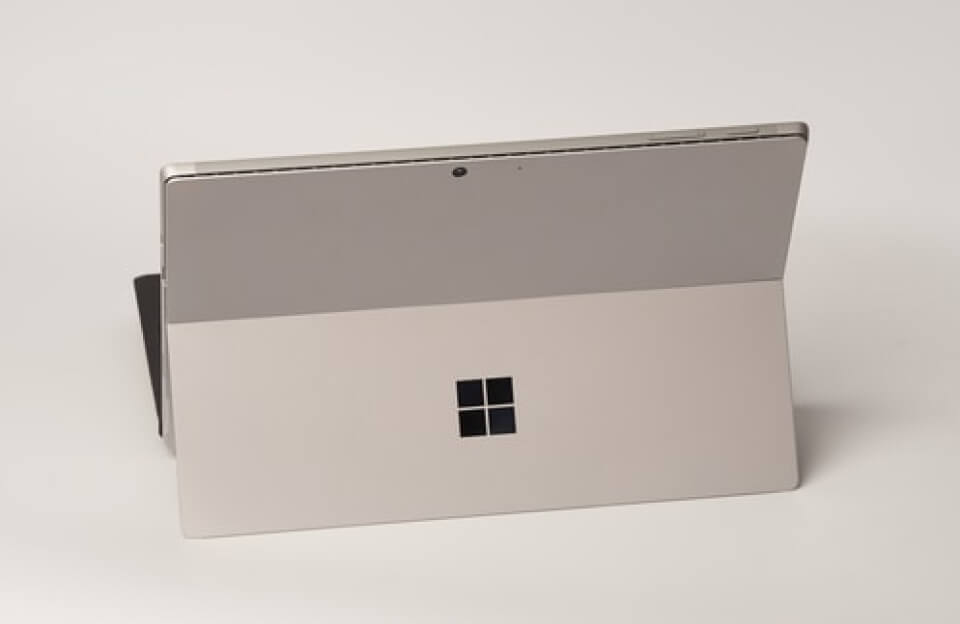🧒💻 For Families of Teens Using Microsoft Surface: Setting Up Safely in an AI-Driven World
Teens today live in a hyper-digital world where productivity, learning, and entertainment are blended into one screen — and often, that screen is a Surface device. As a parent, creating a safe, empowering digital space for your child is not just about restricting access — it’s about guiding their curiosity, encouraging mindful screen habits, and navigating the AI-infused tech landscape with confidence.
Start with this core guide from Microsoft:
🔗 How to Set Up a Child Account on Your Windows Laptop
And now let’s take it several steps further:
🛡 Step 1: Set Up a Microsoft Family Group
Creating a Microsoft Family Group lets you manage screen time, app permissions, device usage, and spending across all your family’s devices.
🔗 Create or manage your Microsoft Family Group
✅ Key Features:
- Approve app and game downloads
- Set daily screen time limits by device or app
- Monitor online activity and search history
- Get weekly reports emailed to parents
👨👩👧👦 Step 2: Set Up the Child’s Profile with Custom Controls
A child account on Windows 11 can be deeply personalized:
- Enable SafeSearch and content filtering
- Restrict inappropriate websites or YouTube
- Block specific apps or game age ratings
🔗 Manage screen time and content restrictions
🧠 Step 3: Teach AI Awareness — The New Digital Literacy
Modern tools like Copilot in Windows, ChatGPT integration, and Edge with Bing AI are changing how kids learn and explore.
What Parents Should Know:
- Kids may use AI for homework, summaries, and coding.
- These tools can be creative aids but also generate inaccurate or unsafe content if unsupervised.
- Critical thinking, fact-checking, and ethical AI use should be discussed.
🔗 Microsoft Learn: Introduction to AI for Beginners (Teens)
🔗 Microsoft’s AI for Good & Responsible AI Principles
🔒 Step 4: Control AI Use in Microsoft Edge & Bing
Microsoft Edge and Bing have built-in AI experiences (chat, image generation, summarization, etc.) via Copilot.
Tips:
- Turn off Bing Chat for underage users in Family Safety settings.
- Use Kids Mode in Edge to automatically filter content and block mature AI usage.
🔗 How to Use Microsoft Edge Kids Mode
🎧 Step 5: Manage Media, Gaming & YouTube Exposure
Teens today consume and create media across platforms. Microsoft Family and Surface tools can help guide this responsibly:
- Use Xbox Family Settings for controlling game access
- Enable Windows Media Content Restrictions
- Install YouTube Kids or use Supervised Accounts for older teens
🔗 YouTube Supervised Accounts for Teens
📲 Step 6: Use Surface Features for Balance & Safety
Surface devices come with features that support healthy use:
- Focus Assist: Blocks distractions during study time
- Eye Contact & Background Blur: Useful for supervised Teams calls
- Battery Saver & Night Light: Helps reduce eye strain and overuse
🔗 How to Use Focus Assist on Windows
👁 Bonus: Monitor & Encourage Digital Well-being
Talk about screen hygiene, sleep, anxiety, and the emotional impact of AI.
Consider using:
- Microsoft’s Reflect Tool in Microsoft Teams for emotional check-ins
- Journal apps like Microsoft OneNote or Daylio for self-reflection
🔗 Microsoft Reflect (for families & educators)
💬 A Conversation, Not Just Controls
Technology isn’t just a tool—it’s a co-parent. And in an AI-driven world, your child will be shaped by the tech they use as much as the values they learn.
✅ Create space for open dialogue
✅ Set time for shared screen experiences
✅ Co-learn AI tools together — let your teen teach you sometimes
🔐 Summary: The 360° Parent Control Toolbox for Surface Families
| Tool/Feature | Use For | Link |
|---|---|---|
| Microsoft Family Group | Account creation, screen time, safety | Link |
| Edge Kids Mode | Safe browsing | Link |
| Xbox Family Settings | Game control | Link |
| AI Safety & Ethics | Teach AI literacy | Link |
| Reflect for Well-being | Emotional support | Link |
Would you like this converted into a downloadable parent resource guide (PDF), or a presentation format to share with schools or workshops? I can also build a simple one-page microsite or infographic version on request.Tools



